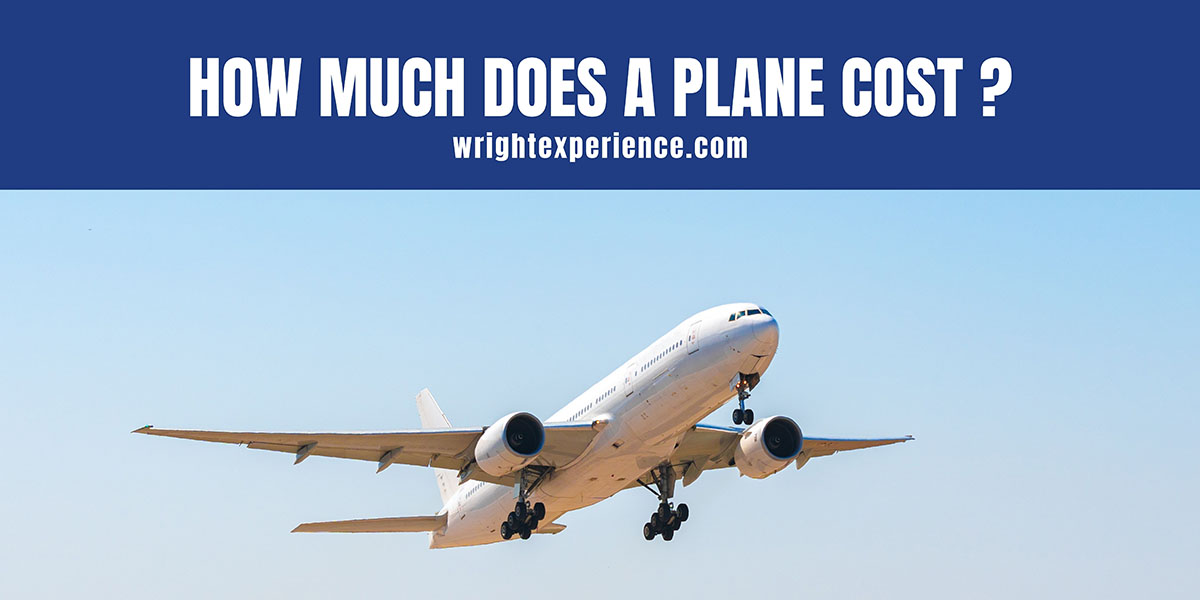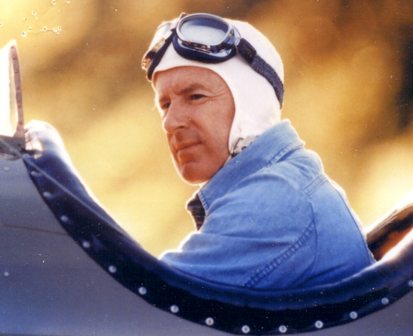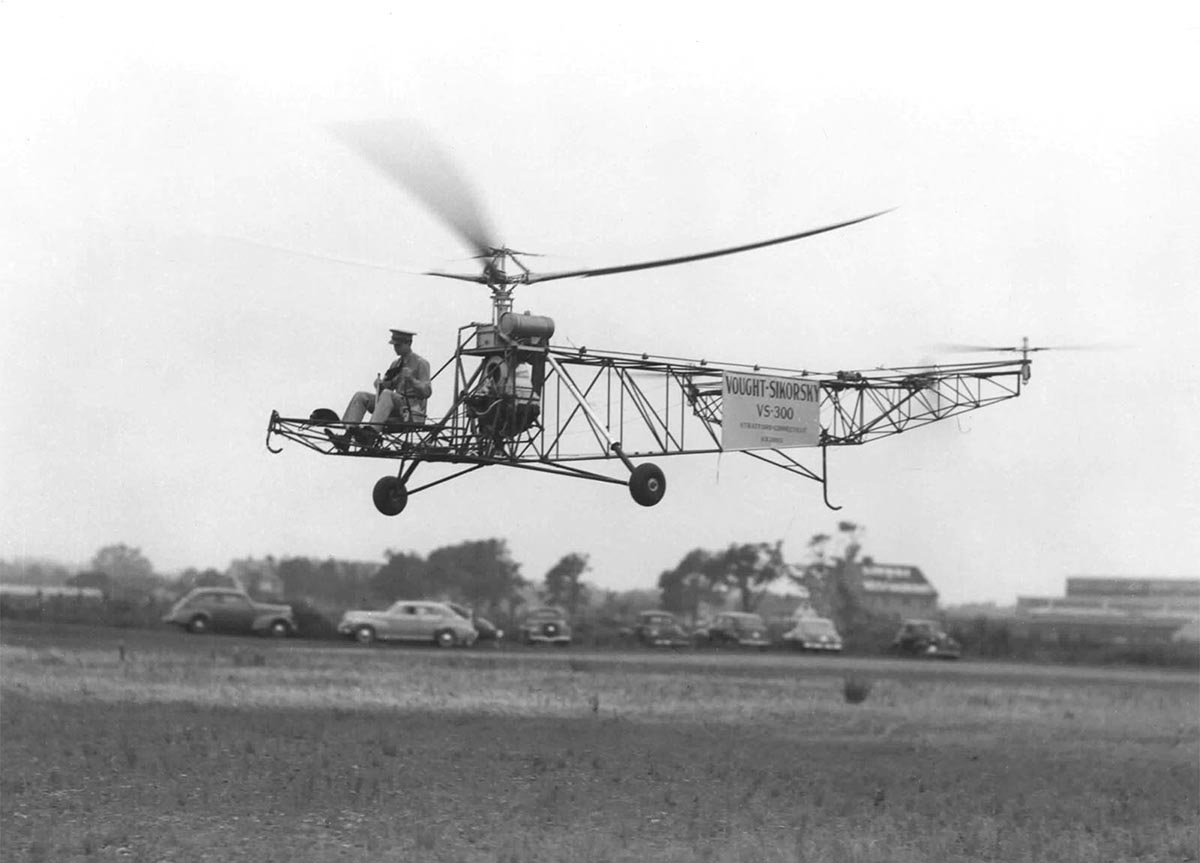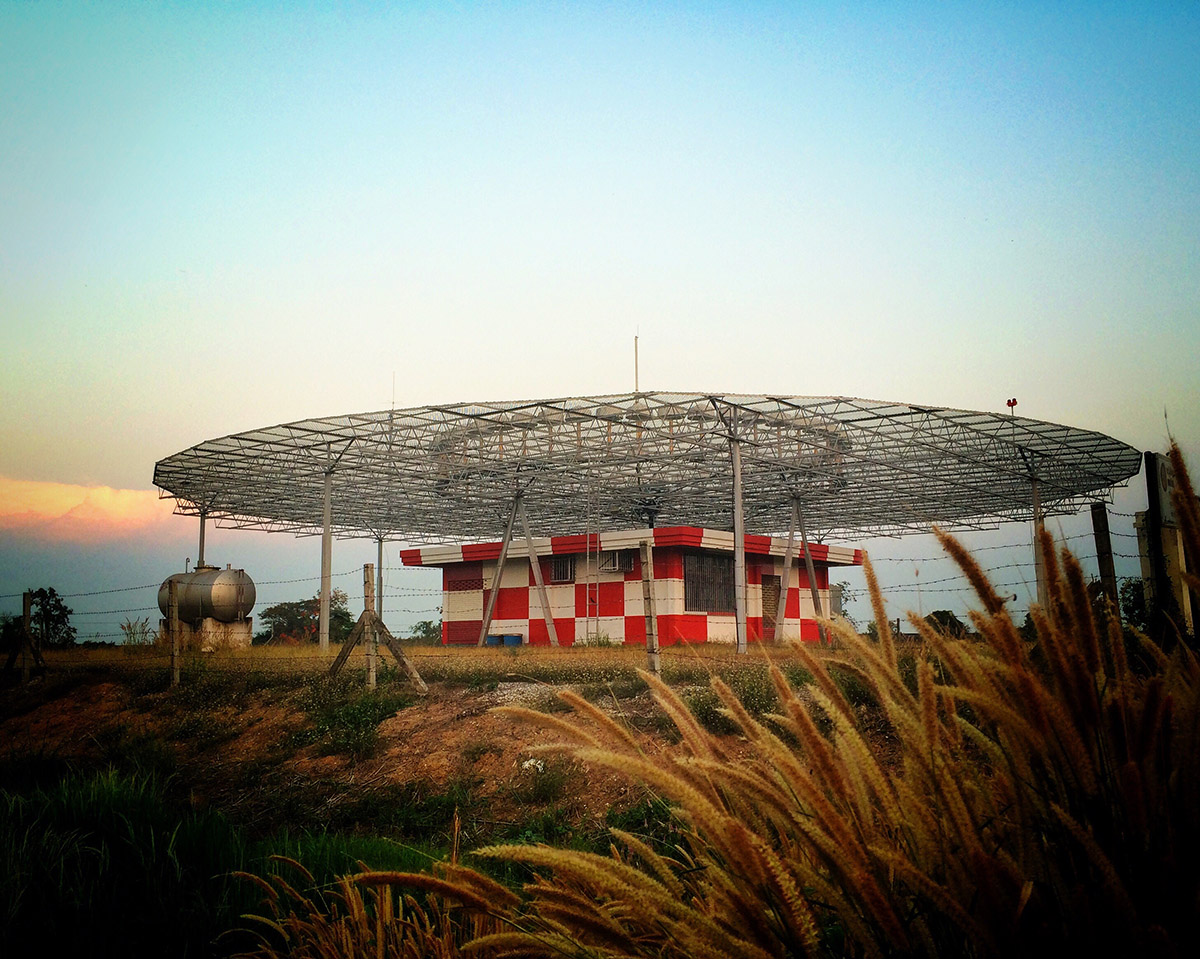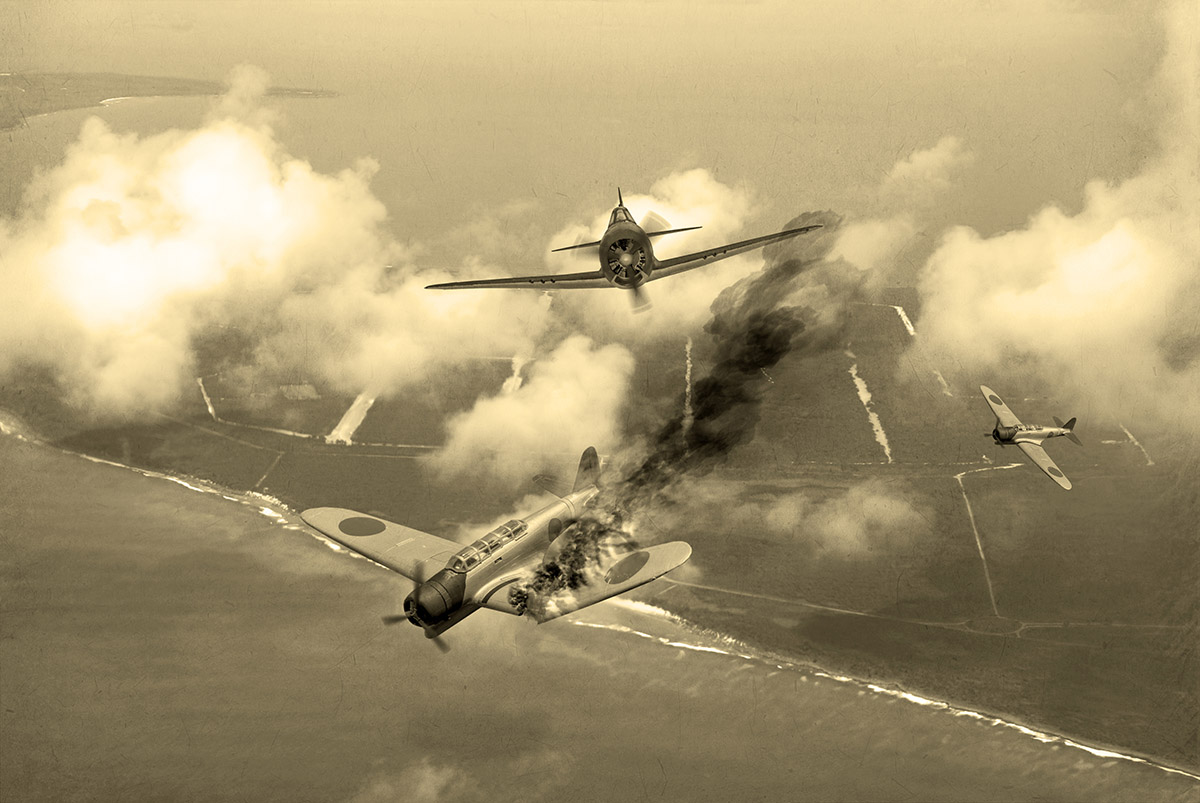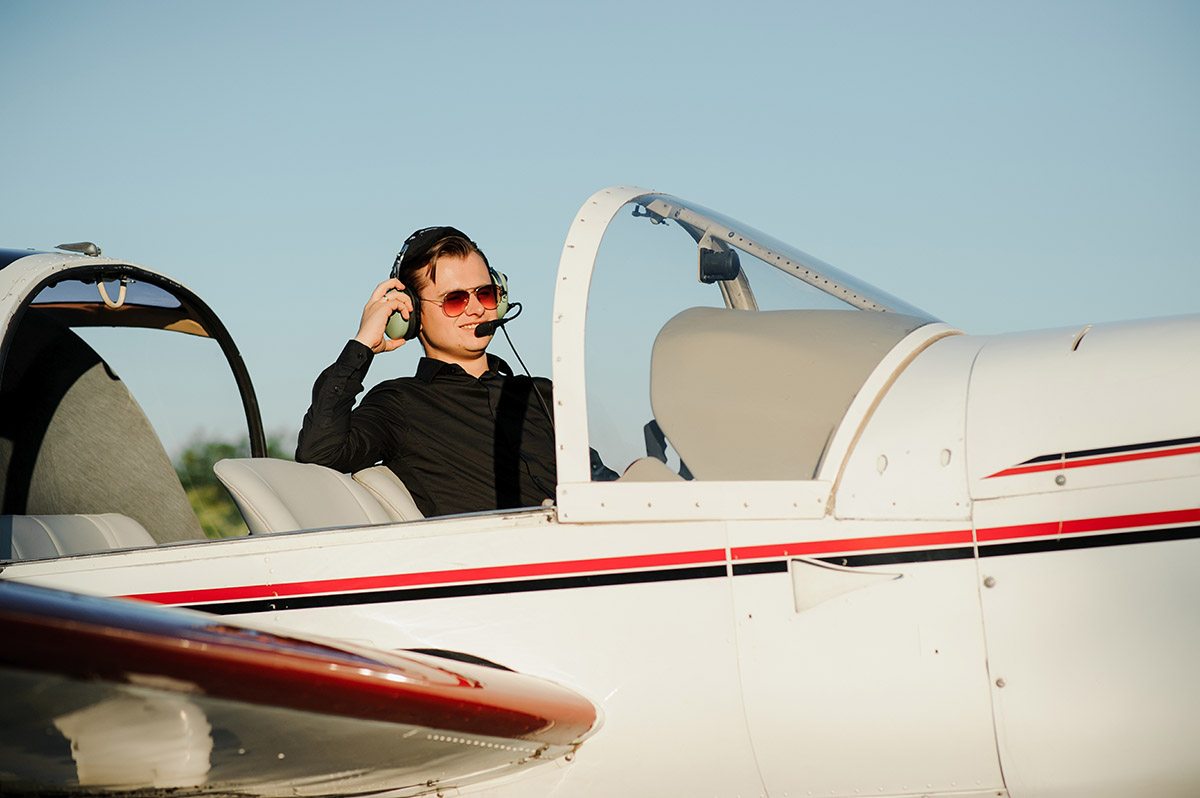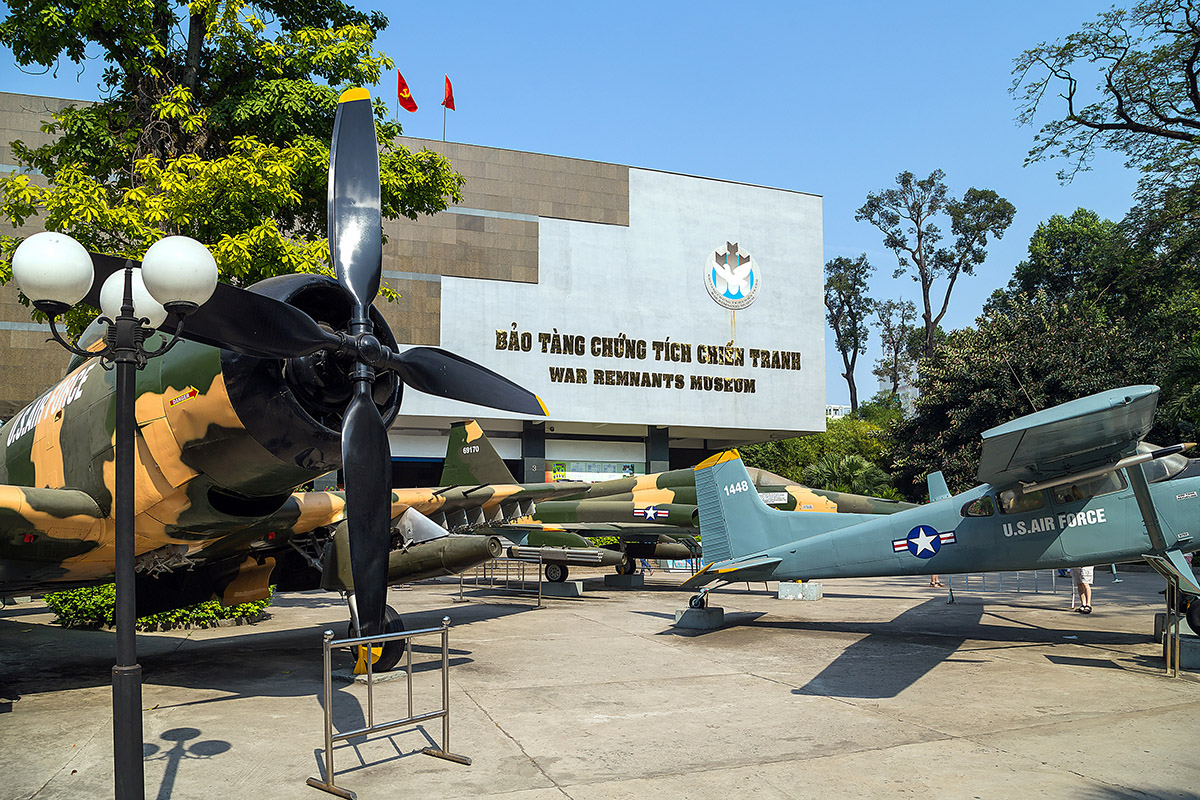Airplanes rank among the most expensive means of transportation in the world, given their exceptional speed, intricate design, and overall performance. Purchasing one, therefore, is definitely not an easy feat, especially if you aim for a top-quality model tailored to your traveling needs.
Our team at The Wright Experience has conducted extensive research on aircraft expenses. Keep scrolling to learn how much an airplane costs!
In this article:
How Much Does It Cost To Buy A Plane?
Based on our research, the price of aircraft spans from $8,000 to well over $400 million, depending on increased power output, aircraft size, overall weight, and intended usage. Additional costs must also be considered, including expenses for fuel, taxes, insurance, crew salaries/accommodation fees, storage, and annual inspections.
A. Up-Front Cost
1. Ultralight Planes and Gliders
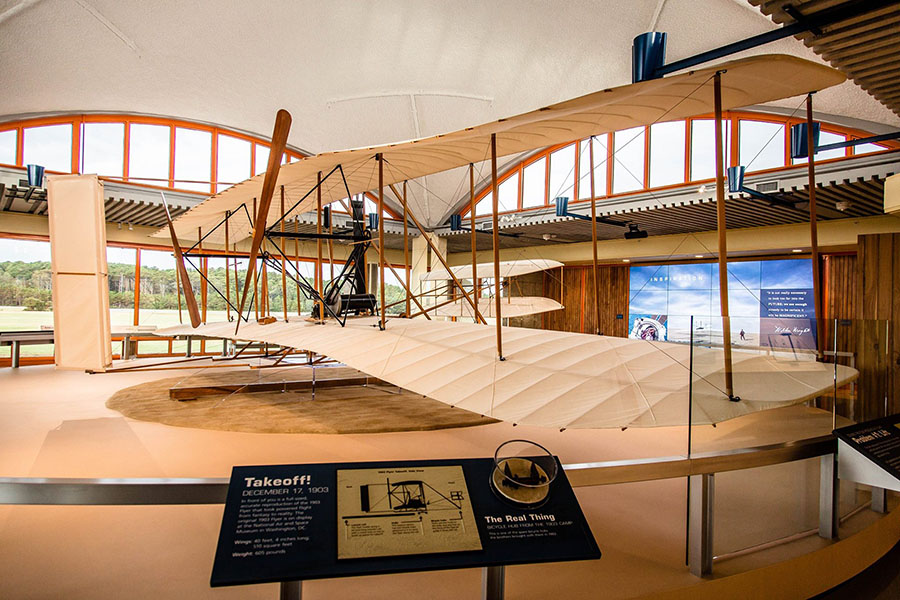
Gliders (or sailplanes) rely solely on rising air currents to generate power for recreational use. They are among the more affordable aircraft, ranging from a few thousand to over $10,000, with some used models costing even less. The only exception is competition gliders, which can charge you hundreds of thousands.
Meanwhile, microlights (more commonly known as ultralights) are lightweight, engine-powered aircraft favored for sports and personal recreation. Priced from $8,000 to more than $15,000, both are excellent starting points for first-timers seeking cost-effective flight experiences. With their simple operation, it is unsurprising the two have become extremely popular among millions of hobbyists in the aviation field.
Unfortunately, our tests reveal that these budget-friendly designs pose certain limitations to look out for. Gliders, for instance, lack power and are mostly dependent on favorable weather. Likewise, ultralights not only have shorter ranges and lower altitude capacities but also are far more weather-sensitive than most other aircraft on the market.
2. General Aviation (GA) Airplane
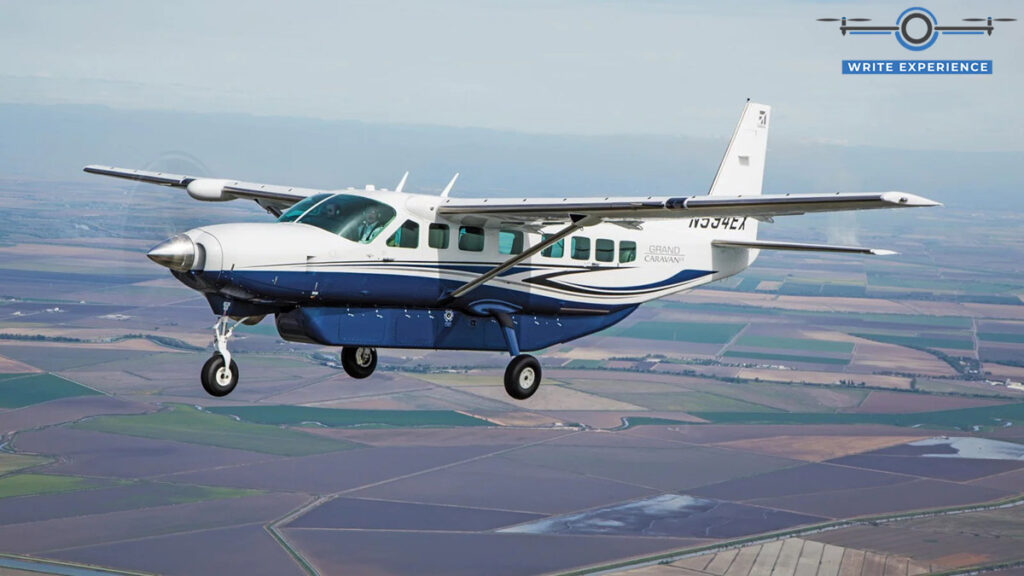
GA airplanes, comprising small multi-engine and single-engine versions, are utilized for numerous purposes like personal recreation, training, or business travel. Therefore, their average price varies based on capabilities and intended use, generally between $100,000 and $1 million.
- Single-engine: As the most affordable GA option, small single-engine models cost between $100,000 and $300,000. Despite the lower pricing, they excel in personal use, commuting, and even training practices, easily navigating adverse weather conditions.
- Multi-engine: Multi-engine GAs’ price ranges from approximately $500,000 to over $1 million, usually serving in ambulance services, business travel, aerial photography, etc. Although costlier and more difficult to control than single-engine versions, these models offer better performance and more safety.
3. Small Private Jets/Light Jets
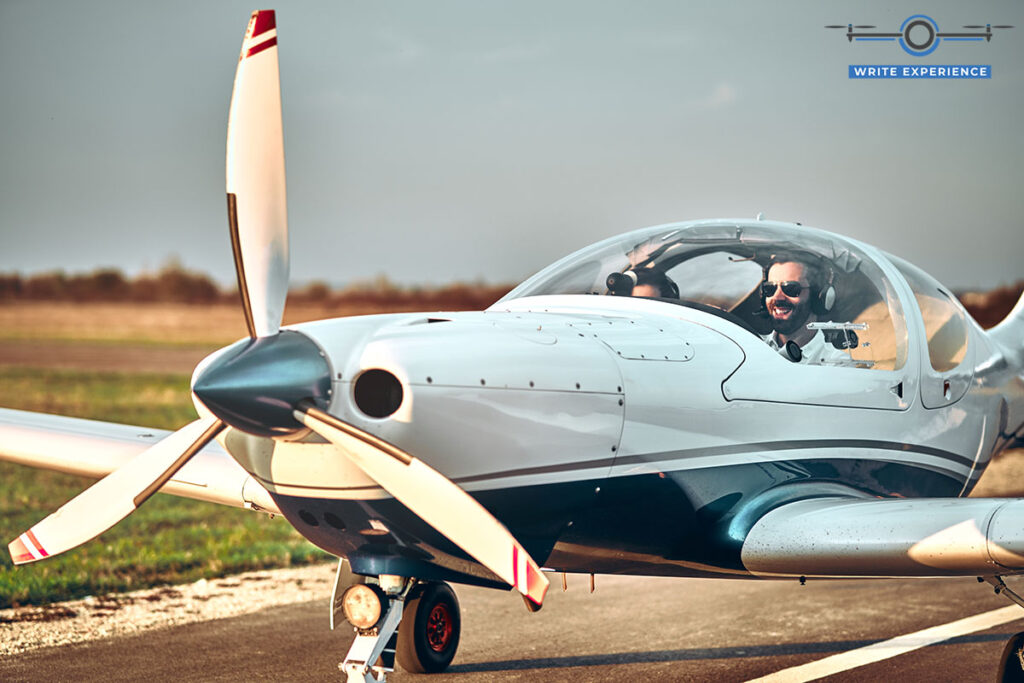
Popular for their extreme comfort, light jets are a preferred choice for both businesses and individuals. They offer luxurious interiors, spacious cabins, and modern avionics similar to larger private jets but not costing half as much! This lineup generally ranges from $1 million to over $5.75 million.
- Single-engine turboprops: These models cater to those seeking cost-effective travel with similar performances and safety to twin-engine jets. Prices for single-engine turboprops often span between $2 million and $5 million.
- Small twin-engine turboprops: Categorized at a slightly higher end of the price range, they are designed to compete with both smaller jets and modern turboprops. Thanks to robust performances and amazing speeds, twin-engine turboprops maintain their decades-long popularity for various purposes beyond transportation.
4. Larger Private Jets
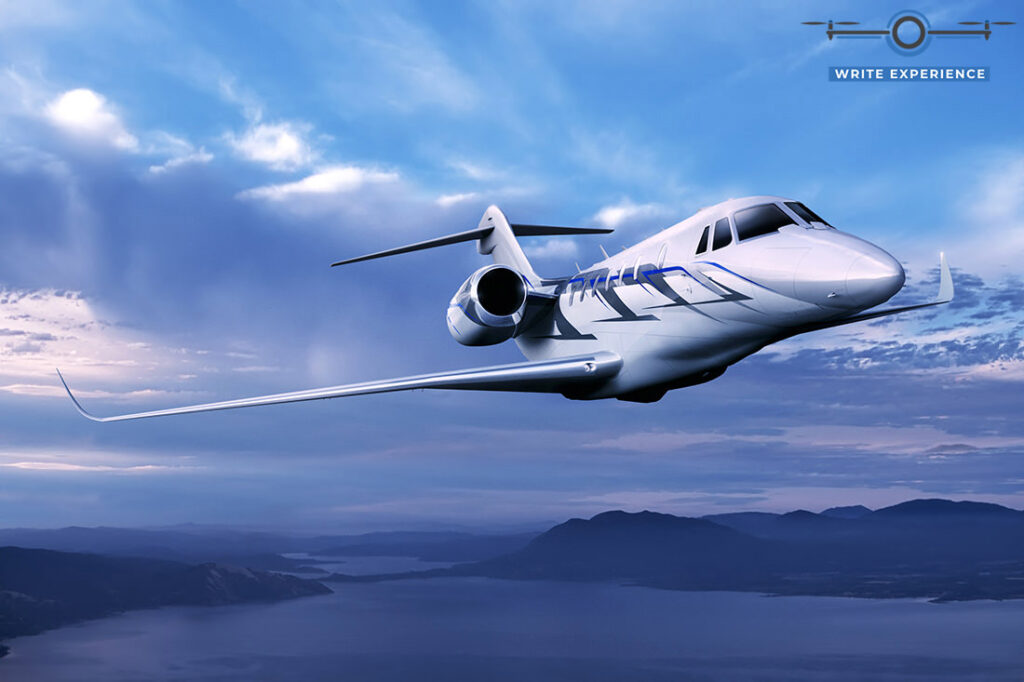
- Midsize jets: Midsize jets can accommodate roughly seven passengers for up to 5 hours. Their prices range between $9.9 million and $29 million based on their age and condition.
- Super midsize: According to our research at The Wright Experience, famous midsize jet lineups like the Embracer 500 Legacy or Bombardier Challenger offer about 3852 miles (6,200 kilometers) in range and fly 5 to 6 hours, priced relatively the same as most midsize jets. Apart from 7-9 passenger seats, they also feature a modest galley and one bathroom.
- Heavy jets: These aircraft models seat 12 to 14 passengers while boasting designated galleys, two bathrooms (maximum), separate rooms, and spacious stand-up cabins. With a price range between $15 to $30 million, they can cover intercontinental routes effortlessly without much refueling.
- Ultra-long-range jets: As their name implies, long-range jets accommodate 17 to 19 passengers with full-sized beds and separate living spaces. Some models we have worked with, like the Gulfstream G650ER, Bombardier Global 7500, or Dassault Falcon 7X, offer impressive ranges of 5282 to over 9010 miles (8,500 to over 14,500 kilometers). You can buy them new at about $72 million.
5. Airliners
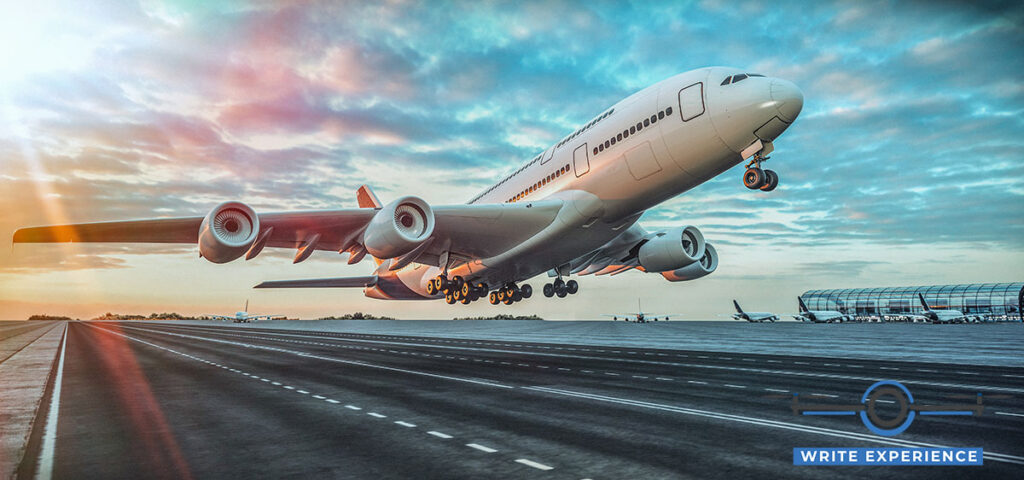
Commercial airliners, used for large-scale passenger and cargo transportation, vary significantly in costs based on their capacity and range. For instance:
- Small airliners: They are usually priced between $50 million and $100 million (sometimes higher), catering mainly to regional markets or aircraft owners.
- Large airliners: Designed for long-haul markets at $200-440 million, these expansive aircraft work mostly for international routes due to their impressive size and capabilities.
B. Extra Costs
1. Fuel Costs
Fuel expenses account for a significant part of a small plane’s price, varying based on the following factors:
- Your type of aircraft: Different aircraft types have different fuel consumption rates. For instance, modern planes with advanced technology are usually more fuel-efficient than older models.
- Flight hours: The math is simple: more flight hours require more fuel consumption.
- Fuel price: Fuel prices significantly vary between regions, not to mention tax rates, market fluctuations, etc.
- Fuel capacity: Aircraft models with larger fuel capacities can fly for extended periods without too many refueling stops along the way. You may also consider filling your plane at the airport with cheap fuel to achieve longer flight hours – a practice called “tankering.”
2. Maintenance
Aircraft repairs and maintenance must also be factored into their pricing, which is influenced by the following:
- Aircraft type: Different aircraft models do not have the same maintenance needs, some demanding more upkeep than others.
- Aircraft age: The longer it is in use, the more frequent maintenance it would require.
- Usage level: Longer flights lead to more wear and tear, increasing the need for repairs and maintenance.
- Location: Just like fuel, maintenance costs also differ across geographic locations. Not to mention, some areas have higher labor expenses and limited facility access, which further drives up the total costs.
3. Aircraft Insurance
Insurance is another crucial part of aircraft operation/ownership, offering reliable financial coverage for damage, repairs, or accidents. Depending on the type of insurance you choose, this might or might not add a significant amount to a commercial plane’s cost:
- Hull insurance: Hull insurance covers all physical damages to your plane (similar to car insurance), protecting it against accidents, theft, vandalism, fire, and other perils.
- Liability insurance: Considered mandatory in most countries, it will cover you if your plane injures someone or damages property on the ground. While the minimum required coverage varies, liability insurance is usually cheaper than hull insurance.
- Medical evacuation insurance: Suppose you get injured or sick while flying; with medical insurance, there is no need to worry about the cost of medical transport. This insurance is not compulsory but highly recommended, especially if you fly to remote areas.
4. Crew
Needless to say, your plane will require a crew to operate safely and legally, which introduces a whole new layer of expenses to consider, depending on several factors. Here is a more detailed breakdown:
- Pilot salaries: Accounting for most of the crew-related expenses, salaries vary widely based on experience, qualifications, type of plane, and geographic location. A commercial airline captain, for example, earns more than a private jet pilot. You can also consider finding freelance pilots (charging hourly rates) to save money.
- Benefits and payroll taxes: Like any employee, you must factor in benefits like health insurance, retirement plans, and payroll taxes for your crew, which might add 20-40% on top of the base salary.
- Training and certifications: Do not forget that pilots also need regular training and certifications to maintain their licenses. This includes simulator sessions, recurrent training, medical exams, etc., costing you several thousand dollars per year.
- Crew accommodations and travel: Have any plans for long-distance flights? Then, it is a must to cover accommodation and travel expenses for your crew. The total costs can add up quickly as a result, especially for international flights.
5. Storage and Hangar
The plane does not just magically hover in your backyard; you must find a safe, secure place to park it. The Wright Experience team has investigated some common storage options as below:
- Hangar: Considered the gold standard of aircraft storage, it protects your plane from sun damage, theft, and even wildlife. Costs vary depending on hangar size and location, but overall, hangars are usually the priciest option out of the three.
- Tiedown: Tiedowns are more affordable than hangars but might expose your plane to more environmental factors. We suggest using proper tiedown equipment and covers during the process.
- Outdoor parking: The cheapest yet riskiest; your plane is vulnerable to basically everything, from weather to bird droppings. Therefore, this method is only suitable for extremely dry climates or planes with good weatherproofing.
6. Taxes
By the time of our writing, there are three types of taxes for aircraft:
- Sales tax (State-level tax): Applied to the purchase price of your aircraft
- Property tax: Assessed based on the value of your aircraft
- Luxury tax: Some states impose an extra luxury tax on high-value aircraft purchases, significantly increasing the total expenses.
Furthermore, contrary to popular belief, even planes bought for personal use still need to be taxed in most jurisdictions. Research the local regulations properly to ensure you do not accidentally violate any item.
What Are Some Of The Most Expensive Private Planes In The World?
Prince Alwaleed Airbus A380
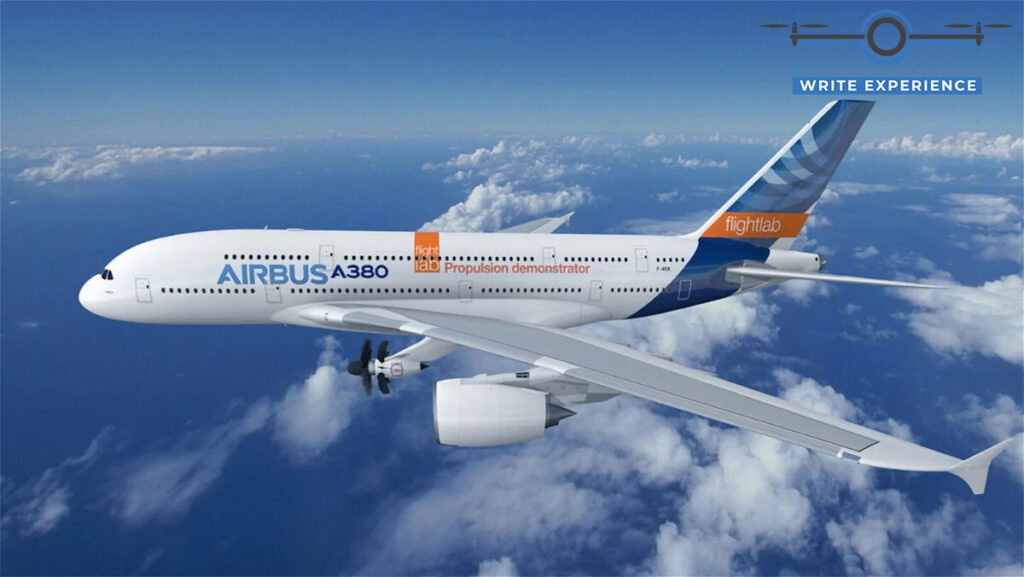
- Price: ~ $500 million (About $300 million for the base price + $200 million for remodeling)
For clarification, the Airbus A380 was originally built for cargo/commercial purposes. But in 2007, Prince Alwaleed planned to commission an A380 as his private jet, affectionately calling it his “Flying Palace.”
This extravagant aircraft boasted three decks and could accommodate up to 525 passengers. Other highlights included a business center (with 2 conference rooms), 5 master bedrooms, and a garage.
Despite these elaborate plans, the Flying Palace never actually materialized for mysterious reasons. Still, the Prince’s proposal has proved that owning an A380 for personal use was plausible, which explains why the plane still made its way onto our list.
Boeing 747-8
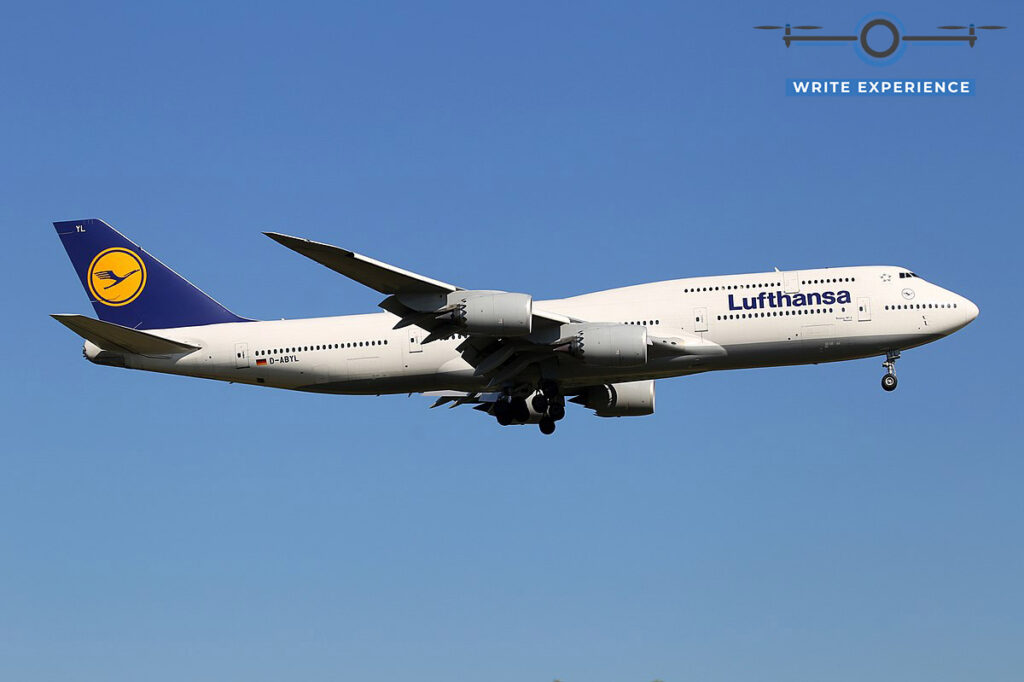
- Price: ~ $418.4 million
One of the most extravagant private jets in the sky is the Boeing 747-8, a model commonly spotted among major airlines like Nippon Cargo, Korean Air, Lufthansa, and even the reputable Air Force One.
A select few have chosen to make the Boeing 747-8 their own. One case in point is a reputed Middle Eastern businessman – who collaborated with the esteemed design brand Albert Pinto to transform the interior of the 747-8 into a luxurious airborne mansion.
Airbus ACJ350
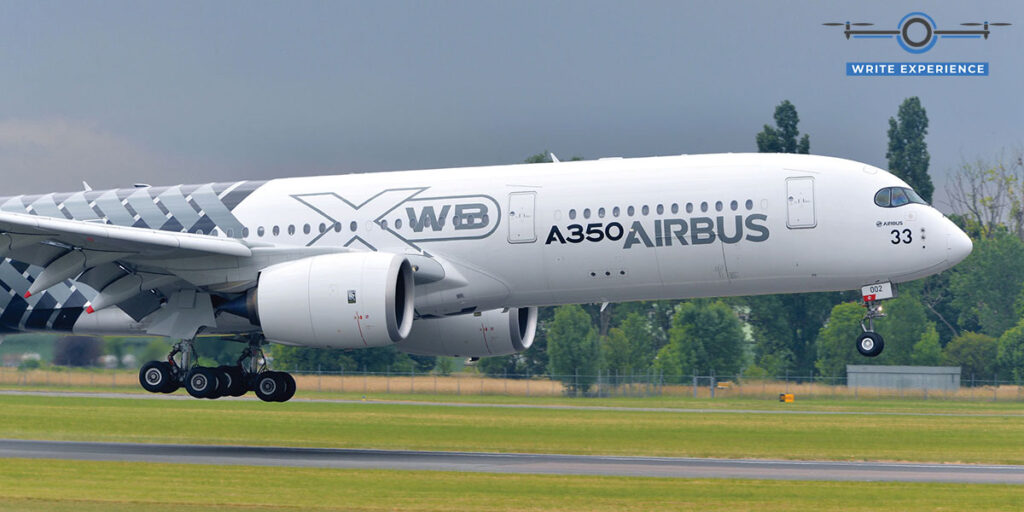
- Price: $317 million
Like the champion Airbus A380, the ACJ350 also breaks the stereotype of “small private jets” with its spacious 308 square meters floor area. Designed to replicate a luxurious home in the sky, it boasts comfortable cabin air (exchanged every 2 minutes) and the self-claimed “quietest noise level on the market,” as advertised in the brochure.
The ACJ TwoTwenty Studio ensures the design will entirely cater to your preferences, although you might have to spend an extra million or two for the cabin.
Bombardier Global 8000
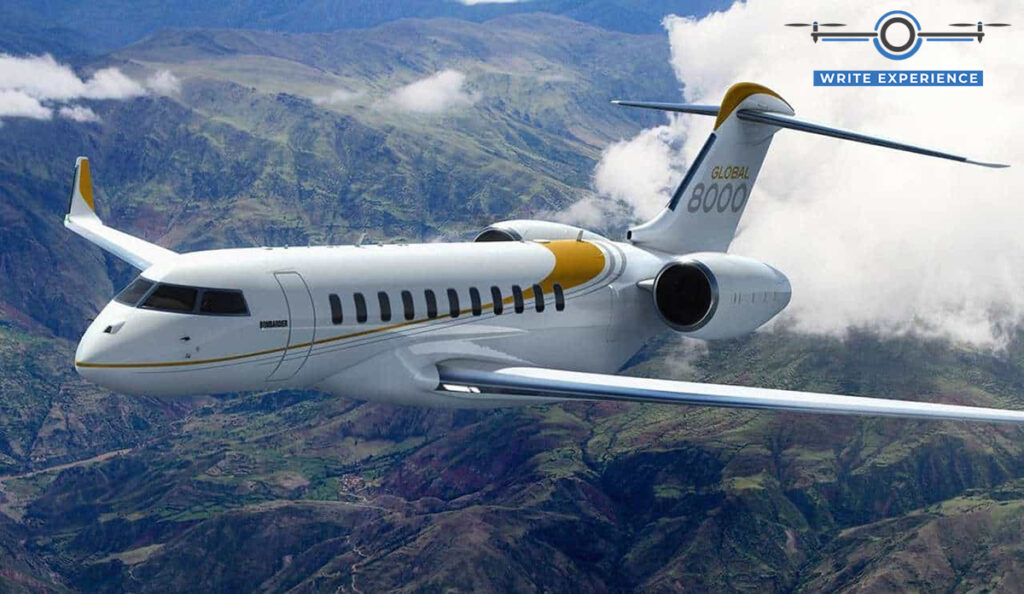
- Price: $78 million
The newest addition to the Bombardier Global series of private planes, “8000,” is equipped to accommodate 19 passengers, soaring up to 1,151 KMH or Mach 0.94.
Inside, the plane features a versatile conference suite that can serve as a six-person dining space or a meeting area. You should also find a large entertainment suite with 40-inch 4K TVs and surround sound home theaters.
And what if you want nothing but some relaxation? In that case, there is a suite lavatory and full-size bed in the plane’s principal suite, accompanied by a stand-up shower to ensure you land at your destination feeling refreshed and well-rested.
Which Plane Is Suitable For Me?
Buying a midsize jet or commercial plane seems a bit too much for shorter flights (under 2 hours); a budget-friendly turboprop makes more sense in those cases. On the other hand, we highly recommend larger jets during longer hauls or extended trips spanning over 3,000 miles.
Other factors like insurance, airport facilities, seating, and hangar expenses also play an important role. Assess your traveling needs to make the most informed decision.
An Alternative: Plane Renting
Unable to afford a private plane for yourself? Then, consider renting one to avoid the high upfront cost without sacrificing your flight experience. Our team at The Wright Experience has compiled three common renting options for you:
- Charter (the most popular): You can charter a plane for a specific flight or for a particular period of time.
- Fractional ownership: Although this option is more expensive, you can share the plane with others and use it whenever you want.
- Membership programs: As a member, you are allowed access to a fleet of different planes for a monthly fee.
Conclusion
We have explained how much a plane costs, influenced by numerous factors. Therefore, it would be best to research the market properly to determine your priorities. For those with generous budgets, we suggest hiring reputable design houses or studios that can tailor the expensive plane to your specific needs.

